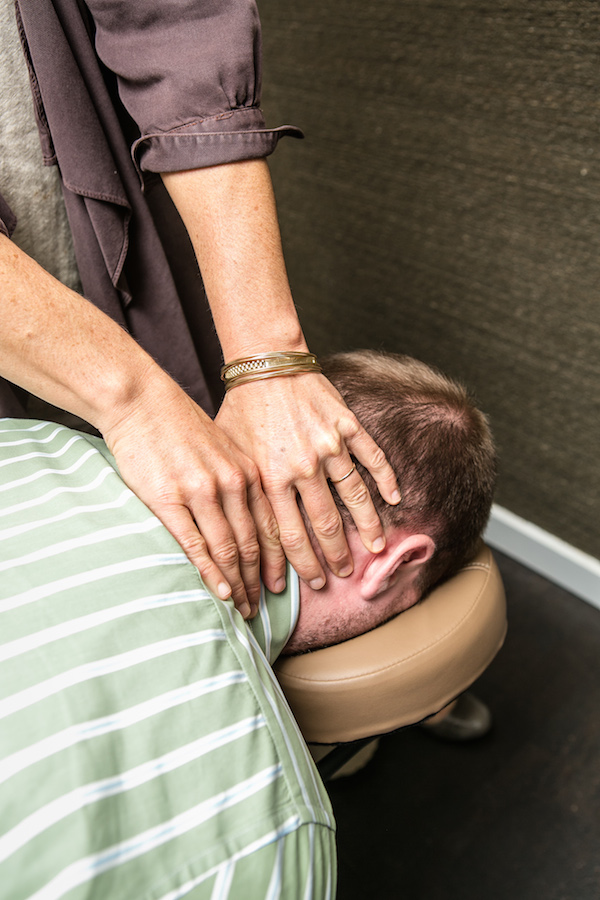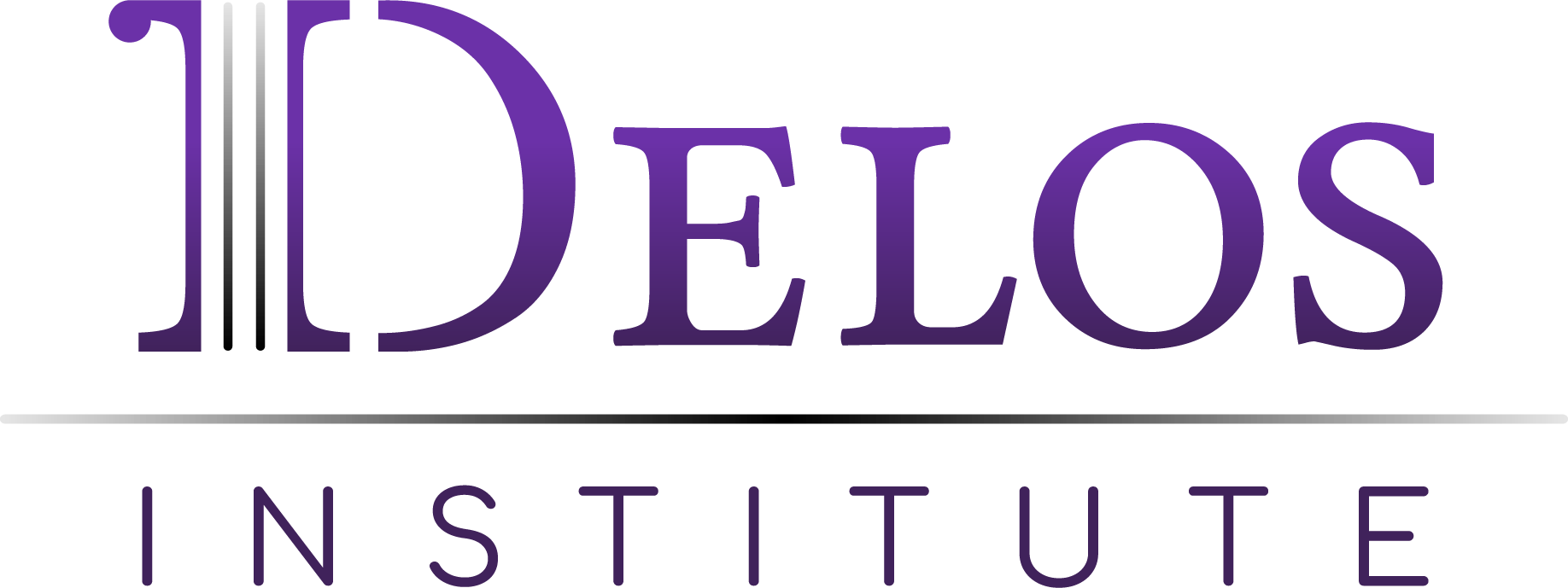
According to the National Institute of Health Statistics, severe headache or migraine pain was the second most common pain complaint among chronic pain patients.(1)
Most experts believe that the majority of headaches are muscle tension-type headaches. According to Ryszard M. Pluta MD, PHD, “the cause for tension type headaches is still uncertain. These headaches are believed to be associated with the contraction of muscles in the neck and head affecting 69% of men and 88% of women everyday. The triggers of tension-type headaches may include poor posture (such as from prolonged computer use or sleeping in an unusual position), smoking, fatigue, and stress.”(2)
Conventional treatments primarily include medication management. Pain relievers and muscle relaxers only mask the pain and relax the tissue that is able to relax. This management system only numbs the perception of pain while leaving the pain’s source unaffected. Congested muscles in the neck (knots) are in a hyper-contracted state and won’t relax with drug intervention.
Conventional stretching includes pulling on the head, turning the neck side to side and dipping the chin down towards the chest. These static stretches ease tension and bring momentary relief from the healthy muscles, but fail to stretch the areas restricting movement and blood flow. The muscles’ natural response to an excessive stretch is to shorten (contract) to protect from tearing, thus limiting the muscles’ stretch point. The most effective and safest way to get lasting relief from a tension-type headache is to decrease the amount of tension in the muscles through systematic pressure intervention.
Stretching the muscle with pressure will alleviate the source of pain, remodel tight tissue that limits range of motion, and eliminate inflammation. As a result, the tissue is restored to its natural anatomical state. At Delos, we have seen numerous patients with tension-type headaches and encountered positive responses from our therapy. In the presence of loose muscle fibers, there is no mechanical force pulling on the attachment point (where the muscle is attached to the skull), essentially reducing the tension-type headache.
Applying pressure to the muscles associated with a headache that is already pounding around the ears and behind eyes may sound counterintuitive, but it has changed the views of our clients on the other conventional treatments they have tried in the past.
1. http://www.painmed.org/patientcenter/facts_on_pain.aspx
2. Andrasik, F. & Blanchard, E.B. Biofeedback treatment of muscle contraction headache. In Hatch, J.P., Fisher, J.G., Rugh, J.D., (eds.) Biofeedback: Studies in Clinical Efficacy. NY: Plenum Press, 1987.
- Water, IV Hydration And The Implications For Tight Muscles - July 15, 2019
- The Collagen Craze: How Collagen Peptides Differ From The Collagen Causing Your Muscle Pain - June 28, 2019
- Anatomy Trains, Collagen and the Delos Perspective - September 20, 2018


